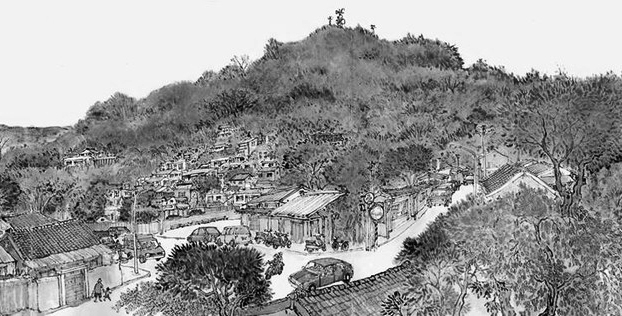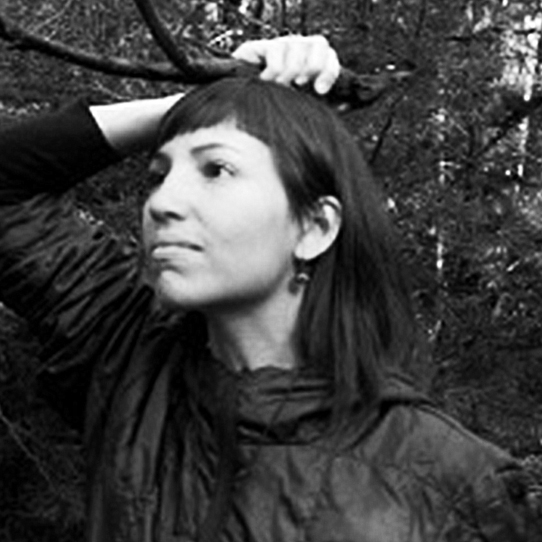S2-Body Maze
Instructor: Jen-Hwang Ho(TW) +Ludmila Rodrigue(BR/NL)

AGENDA
Our bodies are in constant exchange with the surroundings. Skin, muscles and bones are our hardware. Our limbs, ears and eyes are our sensors, identifying and informing us about the space. While walking, stepping on the ground, entering a new space, we sense the world, materials, bodies and other objects that exist around us. The environment is dynamic. We negotiate space with the others, tacitly communicating and often moving together, across, passing and encountering other bodies.
Body Maze will explore physical and social behaviour by creating a context to materialises the dynamics of space and all the forces at play. We’ll devise a structure that changes, bends and swings, responding to the interference of every user(s). As concept we are inspired by the structure of bridges. The notion of ‘bridge’ is a strategy to address both physical and metaphorical ideas, such as motion, transition and negotiation.
Bridges connect, conduct, reconcile, communicate. Bridges are ‘between’. They are light-weight platforms, suspended, flying-over, trussed. Bridges convey the temporality of motion, they are about transition. Transitory spaces. Their function is but ephemeral.
We take the notion of lightness and transition to search for a geometry that expresses its efforts, staying flexible, dynamic and responsive. We’re inspired by trussed structures and rope bridges, as they are models for studying the physical and dynamic interaction of forces, they embody action so to speak.
Our bridge will symbolise transition, a movement between past and future, or between nature and urban, marginal and “legal”, between local residents and university students, between preservation and transformation, between economic interests and social-environmental concerns.
SITE

Image credit: internet
The team will define the exact location of the installation together during the first days of the workshop, as well as coordinate with other groups’ space in the Toad Mountain. We are aiming at a space that help amplify the effect of an installation that provokes the awareness of body sensation and interaction of participants/ dwellers/audience.
STUDIO CHALLENGE
The project draws attention to natural, urban and social issues specific to the Toad Mountain, taking a playful approach, based on proprioceptive experience – our perception of movement in relation to space. The structure-model ‘bridge’ will serve open dialogues and interactions. By welcoming the public to experience it, the ‘bridge’ will generate encounters between local and university communities, ‘marginal’ and ‘legal’, past and future.
WORKFLOW
We’ll work at the university and at the Toad Mountain, in conversations, spatial experiments and sketching. The artistic part of the workshop will provide playful situations inspired by different body techniques. The architecture part of the workshop will focus on digital simulation and parametric manipulation in grasshopper and kangaroo, followed by digital fabrication study. We’ll assemble the ‘bridge’ and decide together its position in the Toad Mountain. Once the work is installed, we’ll welcome the local community to experience it.
WORKSHOP
A. Body Maze – Proprioceptive Space
refer to the art and multimedia workshop page
B. Digital Fabrication of Connecting, Networking, and Bridging
refer to the computational workshop page
C. Fabrication and Assembly workshop
- What fabrication / material / multi-media / performative system students will be exploring?
The ‘bridge’ will be in the format of a network that reflects the movement of the visitor(s), and be composed of wood, rope and metal.
- How students will be participating in this process?
Few prototypes and initial definitions will be prepared by tutors. Students will be engaged in the given tutorials experiencing the skills and steps demonstrated by tutors to generate works, followed by devoting their own ideas to upgrade/ specify the prototypes.
- Fabrication challenge?
The main challenge of the process is to learn and realize how to translate movement into a physical medium, materialize it with digital fabrication, have it built and open to the public to experience it.


